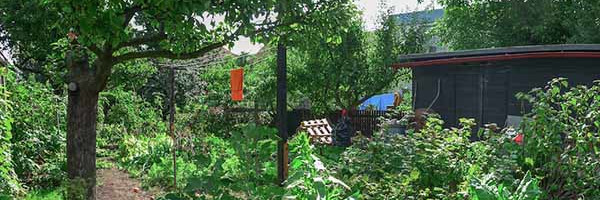Permaculture
| Agriculture | |
|---|---|

| |
| Sectors | Agriculture |
| Contact | Wilfred Pinfold |
| Topics | |
- Authors
Permaculture is a holistic design system that aims to create sustainable human settlements and agricultural systems by mimicking the patterns and relationships found in nature.
The term permaculture is a combination of the words "permanent" and "agriculture" and was first coined by Bill Mollison and David Holmgren in the 1970s.
Permaculture design principles include:
- Observing and interacting with nature: Permaculture practitioners strive to understand and work with the natural systems and patterns of the environment they are working in.
- Catch and store energy: Permaculture systems aim to capture and store energy from the sun, wind, and water to be used later.
- Obtain a yield: Permaculture systems are designed to produce food, medicine, and other resources.
- Apply self-regulation and accept feedback: Permaculture systems are designed to be self-regulating and self-maintaining, and practitioners strive to observe and listen to the feedback from the system.
- Use and value renewable resources and services: Permaculture systems aim to use renewable resources and services to provide for human needs.
- Produce no waste: Permaculture systems aim to minimize waste and to turn waste into resources.
- Design from patterns to details: Permaculture practitioners aim to understand the patterns and relationships in nature and to design systems that mimic these patterns.
Permaculture design principles can be applied to a wide range of human settlements and agricultural systems, from small-scale backyard gardens to large-scale farms, and even to urban environments. Permaculture has many benefits including:
- Building soil fertility and health
- Water conservation
- Creating self-sufficient systems
- Increasing biodiversity
- Building resilience to climate change.
However, some of the cons of permaculture include:
- Difficult to implement in urban areas
- Time-consuming and labor-intensive to establish
- Not be suitable for all climates or regions
- Not be profitable as traditional farming methods.
Overall, Permaculture is a holistic approach to designing sustainable human settlements and agricultural systems by mimicking the patterns and relationships found in nature. It offers many benefits for both the environment and the people living in it, but it also requires a significant investment of time and effort to implement successfully.
